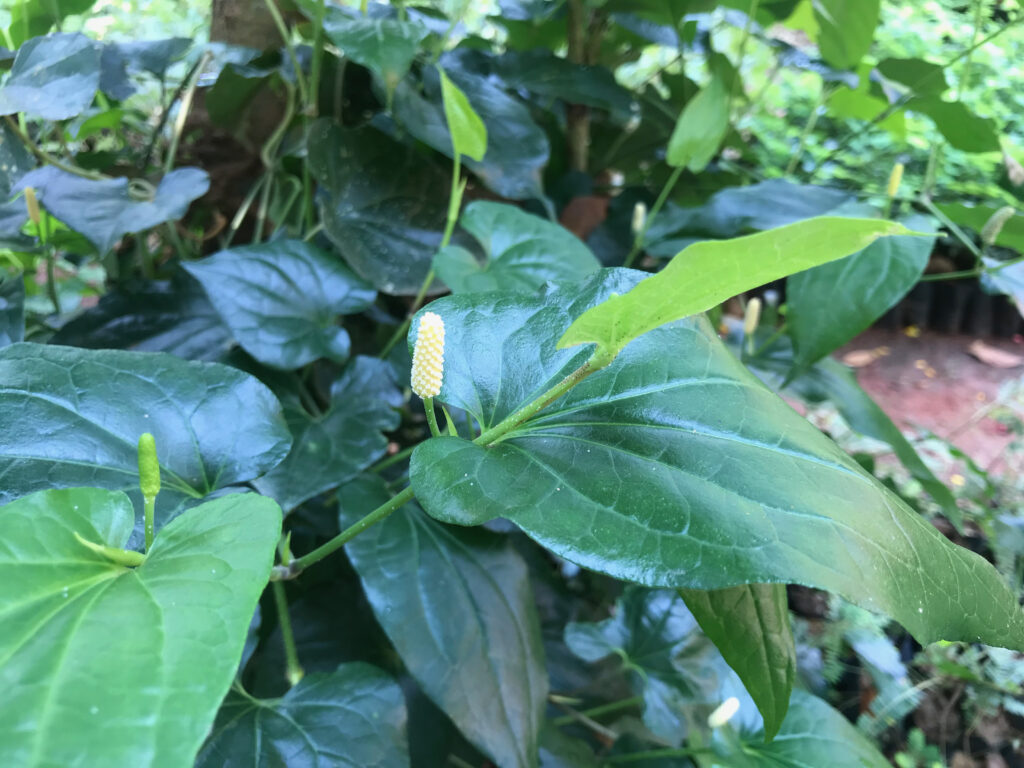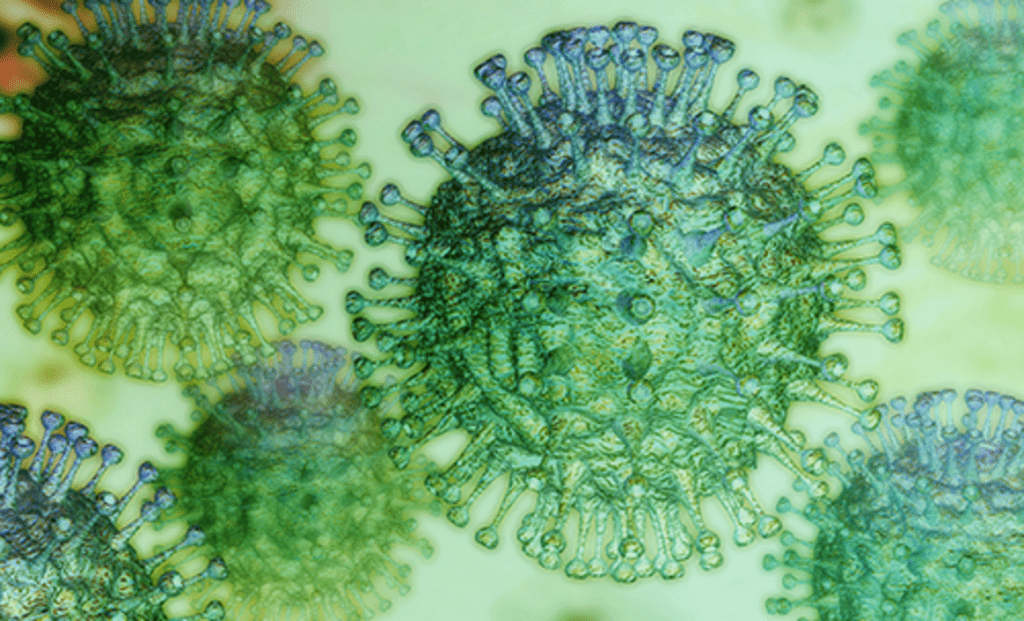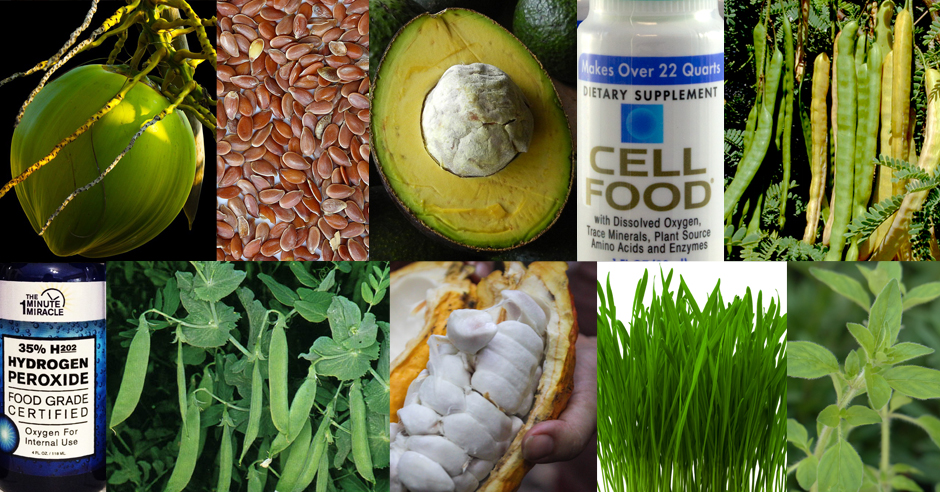Understanding Āma in Āyurveda

In Āyurveda, the concept of āma is fundamental to understanding the root causes of many diseases. Often translated as “undigested food,” āma goes beyond this simple definition. It represents a state where the body is unable to derive proper nourishment from life, whether physically, emotionally, mentally, or spiritually. The accumulation of āma in the body is seen as a major factor in the development of disease, by driving the increase and vitiation of the three doṣas: vāta, pitta, and kapha.
What is Āma?
Āma is the by-product of poor digestion, resulting from a deficiency or impairment of agni, the digestive fire. When agni is weak, it fails to completely digest food, leading to the formation of āma. This impairment of agni relates not only to digestion but to any process that is responsible for the breakdown of complex molecules into simpler compounds, including the “digestive” processes that occur on a cellular level. In Āyurveda, āma is seen as a toxic substance that obstructs the body’s channels (srotas), disrupts the normal flow of bodily energies, and sets the stage for disease.
Qualities of Āma
Āma has specific qualities that make it recognizable:
- Guru: heavy
- Śīta: cold
- Snigdha: greasy
- Picchila: slimy
- Manda: slow
These qualities are essentially the same as those of kapha doṣa, but there are some important differences. Whereas kapha, as one of the doṣas of the body, represents an intrinsic aspect of our physiology, āma is an extrinsic substance derived from poor digestion and impaired metabolism. As such, āma can associate with any of the doṣas – including kapha – to drive their increase and vitiation. Practitioners take care to carefully distinguish between kapha and āma, and generally speaking, aim to reduce āma before directly treating any of the doṣas.
How Āma Affects the Body
When āma accumulates, it blocks the flow of fluids and movement of substances by impairing the proper movement of vāta. This obstructing aspect can cause vāta to move in the wrong way or wrong direction, leading to various health issues, including the increase and vitiation of the other doṣas. As āma increases, it robs the body of proper nutrition, impairing the creation of ojas – the vital essence – which keeps the body healthy and strong and the doṣas in a state of balance. Over time, this creates a vicious cycle in which the power of digestion, which depends upon a robust supply of ojas to fuel its activities, is weakened further by this deficiency of ojas.
Identifying Āma
The presence of āma in the body can be identified through a range of symptoms, including:
- Srotorodha: blockage of channels, poor circulation
- Balabhraṃśa: loss of strength
- Gaurav: a feeling of heaviness
- Anila-muh-tad: aggravation of vāta
- Ālasya: lassitude, fatigue
- Apakti: indigestion
- Niṣṭhīva: mucus congestion, spitting, thick tongue coating
- Malasaṅgā: impaired detoxification and elimination, e.g constipation
- Aruci: poor appetite
- Klama: easily exhausted, poor stamina
The appearance of these symptoms both individually and collectively suggests the presence of āma, warranting further investigation and treatment. It is important to note in this list of symptoms that the increase and vitiation of vāta can be a symptom of āma. Thus, in many cases of vāta disease, there will be an element of āma involved, and as long as ojas isn’t too diminished, the dispersal of āma will often resolve the vāta disorder.
Āma and Modern Medicine
Interestingly, the concept of āma aligns with modern conception of “leaky gut” or intestinal permeability syndrome. In both cases, the root issue is poor digestion and the resulting inflammation, which leads to a breach in the gut’s protective barrier and the spread of toxins throughout the body. This can trigger immune responses and chronic inflammation, much like the vitiation of the doṣas is caused by āma in Āyurveda.
Removing Āma
The first step in treating any condition in Āyurveda is the removal of āma, a process known as āmapācana. This typically involves enhancing digestion and eliminating toxins from the body. The process includes a combination of dietary changes and herbal remedies designed to digest and expel āma.
Prior to any treatment in Āyurveda, if āma is identified, it first must be removed from the body, called āmapācana. This is an aspect of a broader therapeutic approach in Āyurveda called laṅghana upakrama, or “lightening therapy” – in which the body is reduced through practices such as fasting, exercise, and exposing the body to the natural elements. For āmapācana in particular, Āyurveda makes use of foods and herbs that have a stimulating and beneficial effect upon digestion, called dīpana-pācana. Often these foods and remedies are given along with small amount of cultured ghee, which has a special capacity to bring āma to the digestive tract for elimination. Too much fat and heavy food including ghee, however, will have the opposite effect.
Dietary Guidelines for Āmapācana
A crucial part of āmapācana is the adoption of a graduated diet that begins with light, easily digestible foods such as soups and stews. At the outset of treatment, these soups are thin (mostly water) and flavourless, but over a period of time, gradually become thicker and heavier, slowly adding in beneficial herbs, spices, salt, and fermented foods. It is important during this process that foods which increase āma, i.e. those which are cold, heavy, oily, or sticky in nature, are avoided. Examples of such foods include flour products (e.g. bread, pasta, pastry, etc.), dairy (e.g. milk, cheese, cream, yoghurt, etc.), greasy food (e.g. fatty meats, french fries, chips, etc.), sweets (made with refined sweeteners, including honey), and sweet fruit (e.g. banana, mango, dried fruit, etc.).
Herbal Remedies for Āmapācana
In many cases, dietary changes alone are insufficient to dispel āma, and special medicines are given to hasten and improve this process. In Āyurveda, these include a large variety of remedies, from individual herbs such as pippalī (Piper longum) and ginger (Zingiber officinale), to complex herbal formulations prepared in a variety of ways, including as powders (cūrṇa), pills (guṭikā), decoctions (kvātha), ghee-based extracts (ghṛta), and natural fermentations (āsava/ariṣṭa). Some useful examples include:
- Powder: Trikaṭu cūrṇa
- equal parts powders of ginger (Zingiber officinale), black pepper (Piper nigrum), and pippalī (Piper longum)
- dose ¼ – ½ tsp twice daily, mixed with a little ghee, taken with warm water
- Pill: Laśunādi vaṭī
- hand-rolled pills prepared from garlic (Allium sativum), hing (Ferula narhex), purified sulfur, pippalī (Piper longum), and other herbs
- dose is 2 pills twice daily
- Decoction: Dhānyāpañcaka kvātha
- herbal “soup” prepared from equal parts coriander seed (Coriandrum sativum), ginger rhizome (Zingiber officinale), mustaka rhizome (Cyperus rotundus), bālaka root (Pavonia odorata) and bilva root (Aegle marmelos)
- dose is 20 mL twice daily
- Ghee Extract: Śuṇṭhī ghṛta
- ginger (Zingiber officinale) and the Daśamūla herbs (e.g. roots of bilva, agnimantha, śālaparṇī etc.) extracted in a base of ghee.
- Fermentation: Abhayāriṣṭa
- herbal wine prepared with harītakī (Terminalia chebula), viḍaṅga (Embelia ribes), and other herbs.
All of these remedies are designed to enkindle and support the digestive fire, and assist in the processing and removal of āma from the body.

Besides the herbs used in Āyurveda, there are many other herbs and formulas used by different systems that achieve the same end. In Chinese medicine, āma relates to a deficiency of Stomach and Spleen yang, which promotes the accumulation of dampness and causes a syndrome called Food Stagnation. Herbs and formulas to warm the middle and dispel dampness are used to resolve this, such as shēng jiāng (Zingiber officinale), chén pí (Citrus reticulata), and bái zhú (Atractylodes macrocephala), found in formulas such as Lǐ zhōng tāng and Píng wèi sàn. In Western herbal medicine or Physiomedicalism, āma is synonymous with the term “canker,” which is likewise viewed as the result of weak digestion and impaired elimination. Important herbs to resolve canker include cayenne fruit (Capsicum annuum), bayberry bark (Myrica cerifera), ginger rhizome (Zingiber officinale), prickly ash bark (Zanthoxylum americanum), cinnamon bark (Cinnamomum cassia), white pine bark (Pinus strobus, P. albicaulis), and barberry root (Berberis vulgaris).
Understanding and addressing āma is key to maintaining health and preventing disease in Āyurveda. By recognizing the symptoms of āma and taking steps to disperse its accumulation and enhance agni, we can restore balance to the doṣas to both prevent and treat disease.






Responses